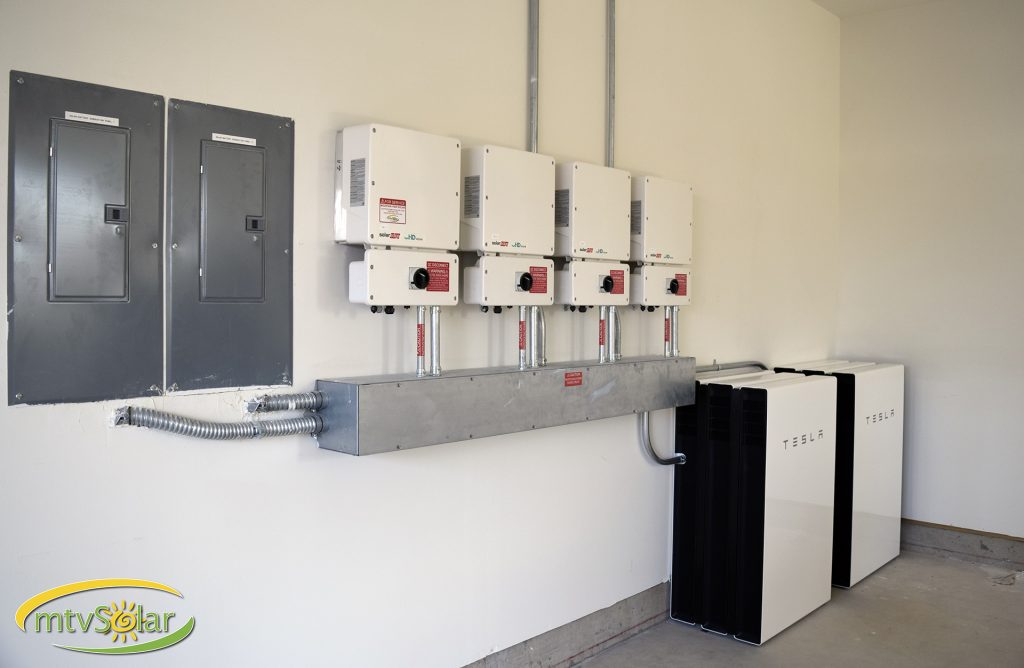The polar vortex, a swirling mass of frigid air usually contained over the Arctic, can occasionally dip its icy tendrils southward, bringing extreme cold snaps and wreaking havoc on power grids. Imagine a giant, frigid wind chill bombarding power lines, transformers, and generating facilities – that’s essentially what the polar vortex does.
The dangers are multifaceted:
- Brittle infrastructure: The extreme cold can make power lines and equipment brittle, increasing the risk of cracks, breaks, and outages.
- Surge in demand: As people crank up their thermostats to combat the biting cold, demand for electricity skyrockets, straining the grid’s capacity.
- Natural gas woes: Natural gas, a common fuel for power generation, can become unreliable in extreme cold, with frozen pipelines and hindered transportation hampering its flow. Even though the gas itself doesn’t freeze, valves, regulators, and other equipment within the system can malfunction at extreme temperatures.
- Frozen coal: When coal freezes, it turns into a solid chunk, making it incredibly difficult to transport and unload from railcars or stockpiles. This can lead to disruptions in the coal supply chain, hindering power plants’ ability to generate electricity. Even if coal is partially frozen, it can be harder to pulverize and burn efficiently in power plants. This results in decreased energy output, potentially straining the grid during peak demand periods.
The consequences can be widespread and disruptive, leaving homes in the dark, businesses shuttered, and critical infrastructure compromised. While power grids are constantly being upgraded and winterized, the unpredictable nature of the polar vortex means the threat of blackouts and energy disruptions remains.
How long can batteries carry you?
Imagine this: the lights flicker, then plunge into darkness. No humming fridge, no buzzing internet. It’s 10 degrees outside, and the windchill is -15. The grid is down, and you’re suddenly facing a finite pool of energy stored in your batteries. How do you navigate this new reality?
When the power goes out, it’s easy to think of your batteries as a superhero cape: suddenly powering your world when the grid can’t. But there’s a twist – these aren’t limitless energy reserves, they’re more like trusty backpacks holding a limited supply. And that’s where energy conservation becomes crucial — making the most of your battery backup during an outage.
Think of it like this: imagine your batteries as a pack of glow sticks. Each burst of light is amazing, but the more you flick them on, the faster they dim. Using power like crazy during an outage will burn up your reserves before you know it. But with careful conservation, those sticks can glow long into the night, keeping your essentials running and maybe even providing a few surprise bursts of comfort along the way.
Here’s why conservation is key:
- Limited storage: Even a decent battery backup isn’t endless. Appliances that seemed harmless on the grid can guzzle power off-battery, like space heaters draining the tank in no time.
- Stretched reserves: Who knows how long the outage will last? By using less, you stretch your backup further, ensuring you have power for the things that truly matter, like keeping the fridge cold or staying connected.
So, while it might be tempting to blast the TV or crank up the heat, remember your conservation sidekick. Turn off lights in empty rooms, swap the space heater for cozy blankets, and think twice before running appliances. Every watt saved means your batteries can stretch further, keeping your world lit, connected and comfortable even when the grid is down.
From Abundance to Scarcity
The grid provides a constant, seemingly limitless flow of energy. But off-grid, with batteries as your sole source, every watt counts. Think of it like a small, precious water tank instead of a boundless ocean. Appliances you barely noticed before can now drain it surprisingly fast.
Understanding the Numbers:
Let’s say you have 20 kilowatt-hours (kWh) of usable battery storage, roughly the average size battery system we install. This is like having 20,000 “watts” you can use. A seemingly harmless 2kW space heater, running for 10 hours overnight, would gulp down the entire tank!
Lights vs. Heaters — Champions and Drains:
LED lights, on the other hand, are energy sippers. 50 watts, even running 24/7, barely make a dent in your battery charge. The key is understanding the power draw of your appliances. Simply multiply the wattage on the label by the time you use it to estimate the energy consumed.
Emergency Loads: Keeping the Essentials Running
We design battery systems to power essential “emergency loads,” like your fridge, lights, and well pump. These were carefully chosen to ensure your basic needs are met during an outage. Adding extras, like electric heaters, depletes the battery faster.
Heat Without the Drain:
Space heaters are battery-busters. Opt for wood, pellet, or propane alternatives for warmth. Light bulbs should be LED lightweights.
Stock up on the Sun:
Run larger appliances during the day, when solar can help out. This reduces battery drain and potentially recharges them for the night. Remember, turn off non-essential appliances and lights before sunset to conserve your precious energy reserves.
Backups for When the Sun Sets:
An automatic generator kicks in when batteries run low, automatically recharging them and shutting off when full. A portable generator serves as a manual backup, ready to be fired up when needed.

Grid Back and Ready to Go:
Once the grid returns, our system design makes sure you seamlessly switch back to grid power, fully recharges the batteries, and prepares them for the next challenge.
Practice Makes Perfect:
Want to make sure you ace the power test when the time comes? Simulate an outage by turning off your main breaker. Observe how your energy use affects the battery level. This “drill” helps you understand your system and use it efficiently during a real emergency.
Expertise You Can Trust:
- Walk you through your options: We’ll explain the different battery technologies, capacities, and features in plain language, so you can make informed decisions.
- Handle the installation: Our experienced technicians will integrate a battery system into your home, ensuring safe and efficient operation.
- Provide ongoing support: We’re here for you even after installation. We offer maintenance plans and are always only a phone call away to answer your questions.
Customizing Your Backup:
Based on your needs, we’ll design a system that’s like a well-stocked pantry for your power. We’ll consider:
At Mountain View Solar, we’re not just battery salespeople; we’re energy experts. As your trusted partner, we:
- Battery capacity: We’ll size your battery to cover your essential needs, even during extended outages.
- Solar integration: We can integrate your battery system with your existing solar panels, maximizing your use of clean, renewable energy.
- Backup options: Want the ultimate peace of mind? We can add an automatic generator to kick in when your batteries get low.
Peace of Mind, Powered On
With a Mountain View Solar battery backup system, you’ll gain more than just backup power. You’ll gain:
- Energy independence: Reduce your reliance on the grid and take control of your energy future.
- Peace of mind: Knowing your loved ones are safe and comfortable, even during an outage.
- Environmental responsibility: Store clean, solar energy and reduce your carbon footprint.
Ready to power through any outage with confidence? Contact Mountain View Solar today for a free consultation and let us design the perfect battery backup system for your unique needs. We’ll help you turn every blackout into an opportunity to experience the power of energy independence and peace of mind.


